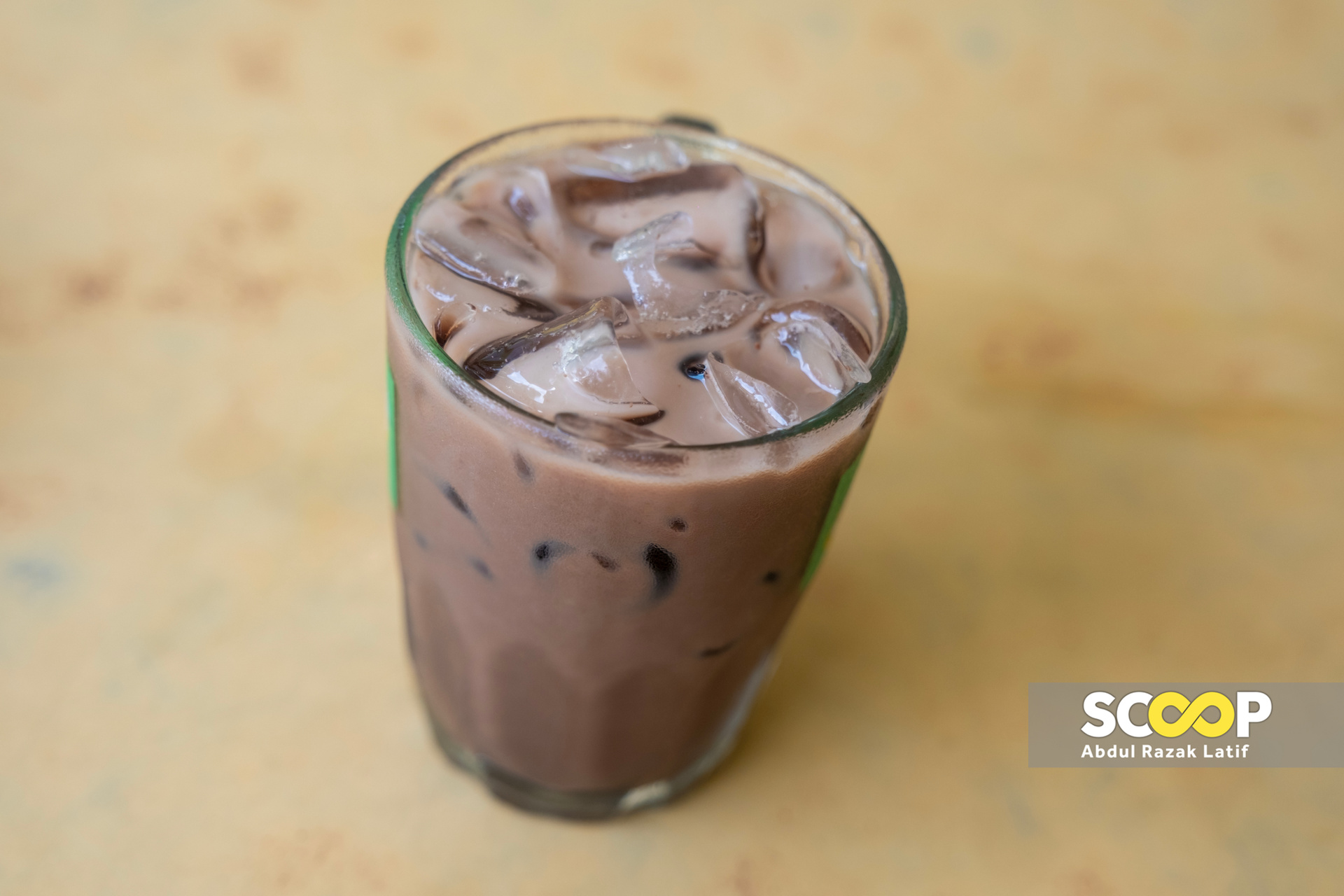KUALA LUMPUR – Recent record-high cocoa prices should be seen as an opportunity for Malaysia to regain its 1990s glory as the world’s largest exporter of cocoa beans, said a local chocolatier.
Ong Ning-Geng, founder of Chocolate Concierge, a local artisanal chocolate brand, said the cocoa output shortage, due to disease and climate change affecting West African farmers, should inspire Malaysian cocoa growers to fill the gap.
“People should not approach it solely from a negative standpoint. I think we are missing the counterbalance of such an event about significant positive impacts, especially for the farmers (here) who should be getting paid more.
“If our farmers are paid well like 30 years ago, cacao would still be a predominant cash crop.
“We are not seeing that (today) because we are mostly focusing on rubber, durian and oil palm, but with (the recent) price hike, maybe some people might go back to cacao, which is positive,” Ong told Scoop.
According to the Khazanah Research Institute, Malaysia was the world’s largest exporter of cocoa beans in 1990, producing 247,000 tonnes, of which Sabah accounted for almost 60%, or 145,000 tonnes.
The Plantation and Commodities Ministry has plans to expand cocoa production in Malaysia, targeting 10,000ha of cultivated land in five years, from the current 5,985ha. This would include planting premium cocoa varieties for niche markets, deputy minister Datuk Chan Foong Hin had told the Dewan Rakyat on March 11.

When asked about his choice of cocoa beans, Ong said he preferred local over imported, as he owns a cocoa plantation in Raub, Pahang.
For his products, he uses both beans from his plantation and beans purchased from other local farmers.
Relying on local beans makes sense, Ong also said, because they have a minimal carbon footprint besides helping to boost local economies and incomes.
Higher cocoa prices: different impact for different consumers
While artisanal chocolate is more expensive, Ong said a cocoa supply crisis could push up the price of cheaper brands and make the two even closer in price. He hopes this would change chocolate consumption patterns to favour purer, higher-quality chocolate.
Artisanal chocolates contain larger percentages of pure cocoa and would thus be more impacted by the commodity’s price compared to bakeries, confectioneries and pastry shops that sell items with smaller amounts of cocoa or chocolate.
Another chocolatier, Brian Kwan, the managing director of Top Kokoa, said the recent record-high cocoa prices had had a 30% impact on the company’s chocolate production.
In order to remain financially sustainable, Top Kokoa has had to increase the pricing of its products by 20% to 30%, he said.
Last month, it was reported that cocoa prices hit an all-time high of US$11,722 (RM55,738) a tonne in New York and £9,285 (RM55,150) a tonne in London.
This comes after cocoa production fell in the Ivory Coast and Ghana over the previous three seasons, contributing to the current shortage in global cocoa production.
This prompted food giant Nestlé to announce a price adjustment exercise.
Not all cocoa products are equal, however, and those made with lower cocoa content should, by right, see minimal price hikes, while those using larger amounts of purer cocoa butter or powder would be more costly.

Real hot chocolate drinks that contain more cocoa than Milo, could be increased in price by one to two ringgit, said Muhammad Ariff Zulkifli, 24, who works as a barista at the Sierra Budiman Café in Shah Alam.
“Our cafe uses higher quality cocoa powder,” he said.
Likewise, Qudap Cafe owner, Syaiful Iqram Shuhaimi, 29, whose outlet specialises in ice cream, said cocoa powder was a major ingredient and a price hike for this ingredient would likely be passed on to consumers.
“For example, a batch of cocoa powder is RM14, and if it rises to RM18, this will be a 30% increase, and that price will massively impact our business. So unfortunately, we will have to raise our prices to make a profit,” he said.

For Milo, which is produced by Nestlé, nasi kandar restaurant operator Noorulameen Naina Mohamed, 48, is planning to raise the price of drinks by 10 to 20 sen in June.
“Our price hike for Milo is only a slight increase and is in keeping with standard industry practice that when the cost of food (ingredients) increase, then restaurant operators will increase their prices accordingly,” said Noorulameen, whose outlet is located in Shah Alam.
As chocolate is not an essential food, Federation of Malaysian Consumers’ Associations chief executive Saravanan Thambirajah said consumers could still prioritise their purchases.
“They can reduce consumption of higher-priced items, shift to cheaper alternatives, or switch to brands that offer better value.
He also said bakeries could be among the food subsectors that would be impacted by high cocoa prices.
“Bakeries facing higher costs for pure cocoa might indeed pass these costs onto consumers, which could lead to a further decrease in discretionary spending.
“Consumers might react by reducing their consumption of luxury baked goods or seek cheaper alternatives.”
Cocoa prices have fallen since last month’s overheating, tumbling by more than a quarter in value and trading at US$8,408 in New York and £6,783 in London on Wednesday.
Despite this, Milo, a favourite drink for many Malaysians, is getting more expensive as far as housewife Mala Kali is concerned.
The 49-year-old said she had observed that the price of Milo in tins and packets had been increasing for the last couple of years.
“In 2004 or 2005, the price of a 500g Milo pack was around RM11 only, now it can reach around RM19, depending on some stores.
“The prices are so high that we sometimes do not even buy Milo anymore when going shopping,” she said. – May 3, 2024


